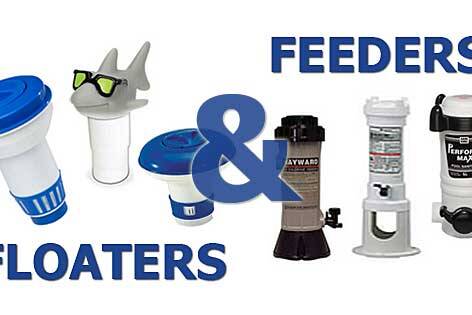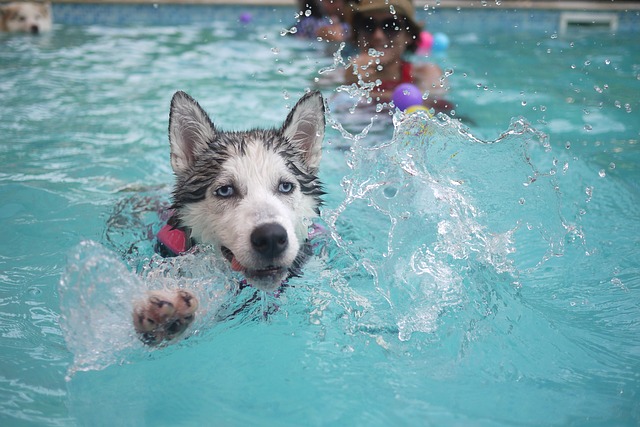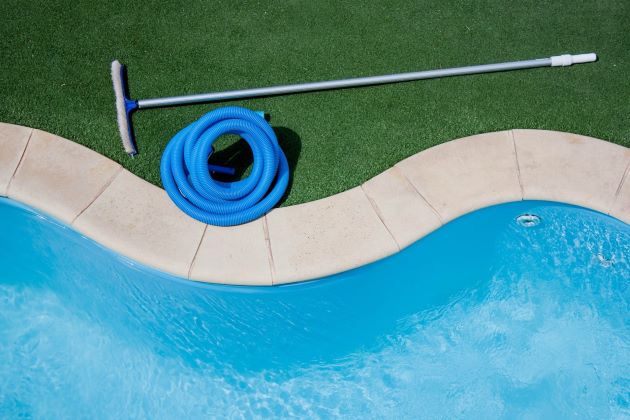In most cases, a child inadvertently gets out of the house after a door or entry has been left open or unlocked, usually due to human error. The child is thought to be safe inside, but someone else—often another adult or an older child—has left a door opened or unlocked. Although precautions were taken, human error has led to the drowning.
In the blink of an eye
Drowning can occur without warning and very quickly. Most drownings of toddlers happen while they were playing near a pool and fell in without notice. Nothing holds greater fascination for young children than water—it acts like a magnet. All it takes is turning your back for a few seconds for a drowning to occur.
Sadly, toddlers often make little noise when they tumble into a pool. Likewise, children—or adults for that matter—don’t shout for help when drowning or splash about and wave their arms as we have seen countless times on TV or in films. In fact, most people who are drowning are unable to call for help. Without enough time above the surface to inhale, exhaling to form speech is impossible. Also, a drowning person’s natural instinct is to press their arms downward to remain above the surface, hence they are unlikely to wave for help. As parents, grandparents, and caregivers, you need to know that if you are not within arm’s reach and watching your child at every moment, you are too far away to do anything.
No exceptions to the rules
Establishing a set of rules for family and guests is critical to ensuring tragedy doesn’t strike. These rules will change depending on the type of pool you have and equipment like diving boards and slides, but guidance for safe use of your pool is critical. For instance, you could make it mandatory that children only be in the pool when supervised by an adult, that all swimmers—including adults—swim with a buddy, or that pool covers be fully removed before anyone goes in the water.
Supervision of children in a pool at all times is a must—vigilance in this respect cannot be overstated. It is also important to keep in mind that swimming pools are not the only hazard to be aware of. Portable toddler pools can also be dangerous to babies and younger children, as they can drown in even 25 mm (1 in.) of water.
While some jurisdictions require only three-sided fencing around the yard (the house acts as the fourth side), groups like the Lifesaving Society recommend backyard pool owners install a four-sided fence with a self-closing, self-latching gate on the fourth side. In fact, most injury prevention professionals endorse this as the most effective method of restricting access to the pool area.
Here are other tips to help prevent tragedy from touching your life:
- Never leave a child alone in, on, or near water, whether it is a backyard pool, a wading pool, a bathtub, or a lake.
- Toddlers and children who are non-swimmers should wear a lifejacket in the pool area.
- Keep a close eye on patio doors. Ensure doors are locked and install an alarm to be absolutely sure.
- Make certain all gates have a self-closing latch and that gates are locked to keep children out of the pool area when it is not in use.
- Keep safety equipment around the pool for easy access. These can include a reaching pole, ring buoy, or other floating objects that can be thrown to someone in need. Also, keep a cordless phone nearby for emergencies.
- Remove toys from the swimming pool when not in use. Inflatable toys can flip over and trap a child underwater. They can also be extremely tempting
to a child when left floating. - Never swim alone—this applies to both adults and children. Swimming with someone will enable them to get help or provide assistance when someone is having difficulty in the water.
It is important pool owners take on the responsibility of lifeguard in their own backyard and ensure their children become strong and accomplished swimmers with first aid training. Your children’s water safety education is incomplete until they have earned lifesaving and lifeguarding awards. Enroll them in water safety courses and ensure family members learn to administer basic first aid and cardiopulmonary resuscitation (CPR).
The Lifesaving Society has developed a Backyard Swimming Pool Safety Inspection Checklist (see opposite page). This is a great resource to enable backyard pool owners to evaluate their own pool for safety fitness. This evaluation should be done annually.
Barbara Byers is public education director for the Lifesaving Society, a full-service provider of programs, products, and services designed to prevent drowning. For more information, visit www.lifesavingsociety.com.
Source: Pool Spas & Patios




